
Rosa Parks: Countering the Master Narrative
Lesson by Jesse Hagopian
With a short video and readings with competing viewpoints, students will learn about master narratives and counter-narratives and how they apply to Rosa Parks’ life. This activity can be introduced before watching the film or reading the book, The Rebellious Life of Mrs. Rosa Parks.

How Should Rosa Parks’s Legacy Be Memorialized?
Lesson by Cierra Kaler-Jones
This lesson invites students to consider how Rosa Parks’ legacy is memorialized by critically examining her statue at the U.S. Capitol. Students learn the fuller story of Rosa Parks’ life and use that information to determine how they would memorialize her legacy.
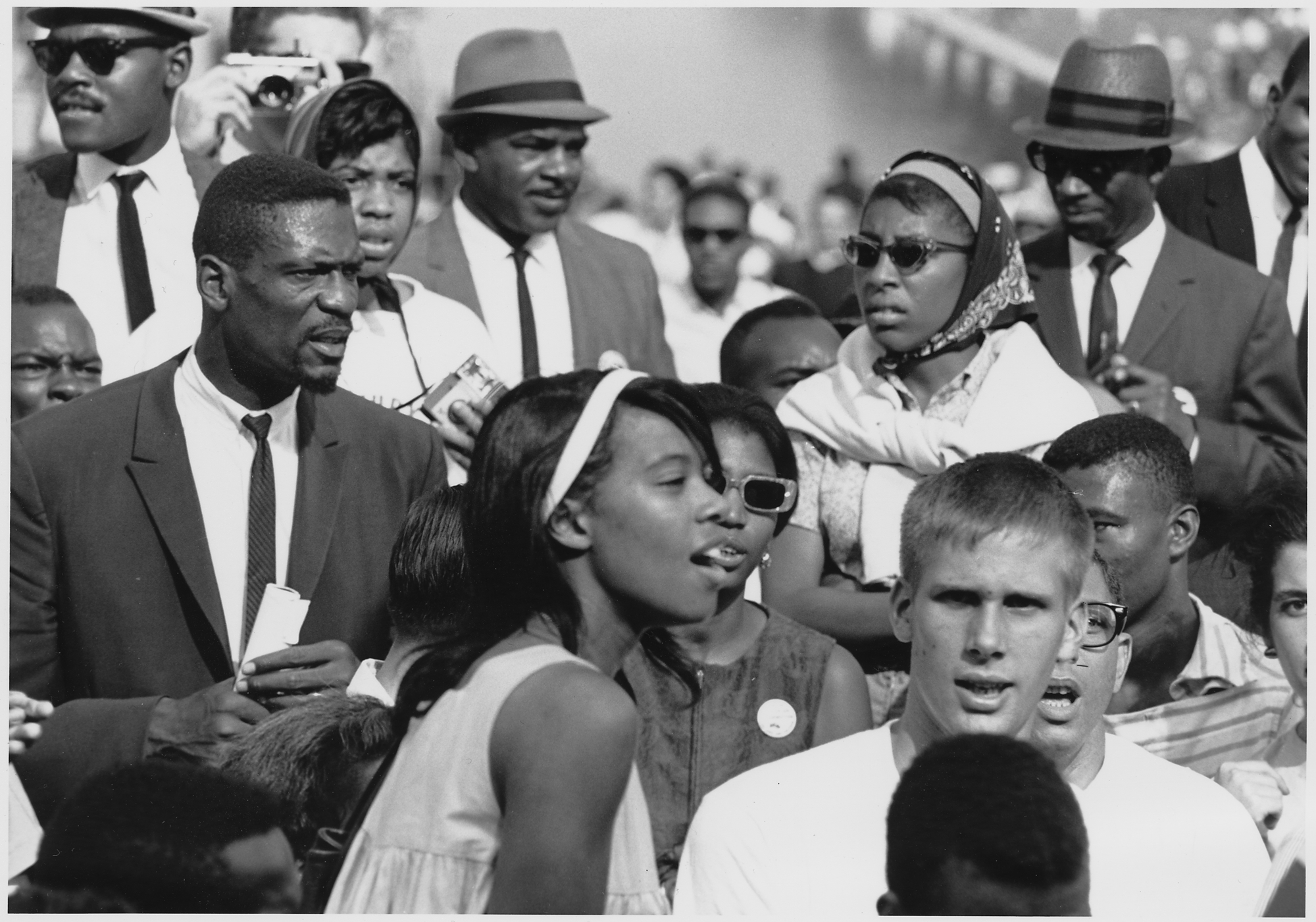
“Felton X”: Bill Russell
Reading by Josh Ozersky
William (Bill) Felton Russell, a basketball star for the Boston Celtics in the 1960s, was nicknamed “Felton X” because he wouldn’t denounce the Nation of Islam. Most athletes and entertainers are afraid to damage their careers by speaking out against injustice, but still a brave few continue today.
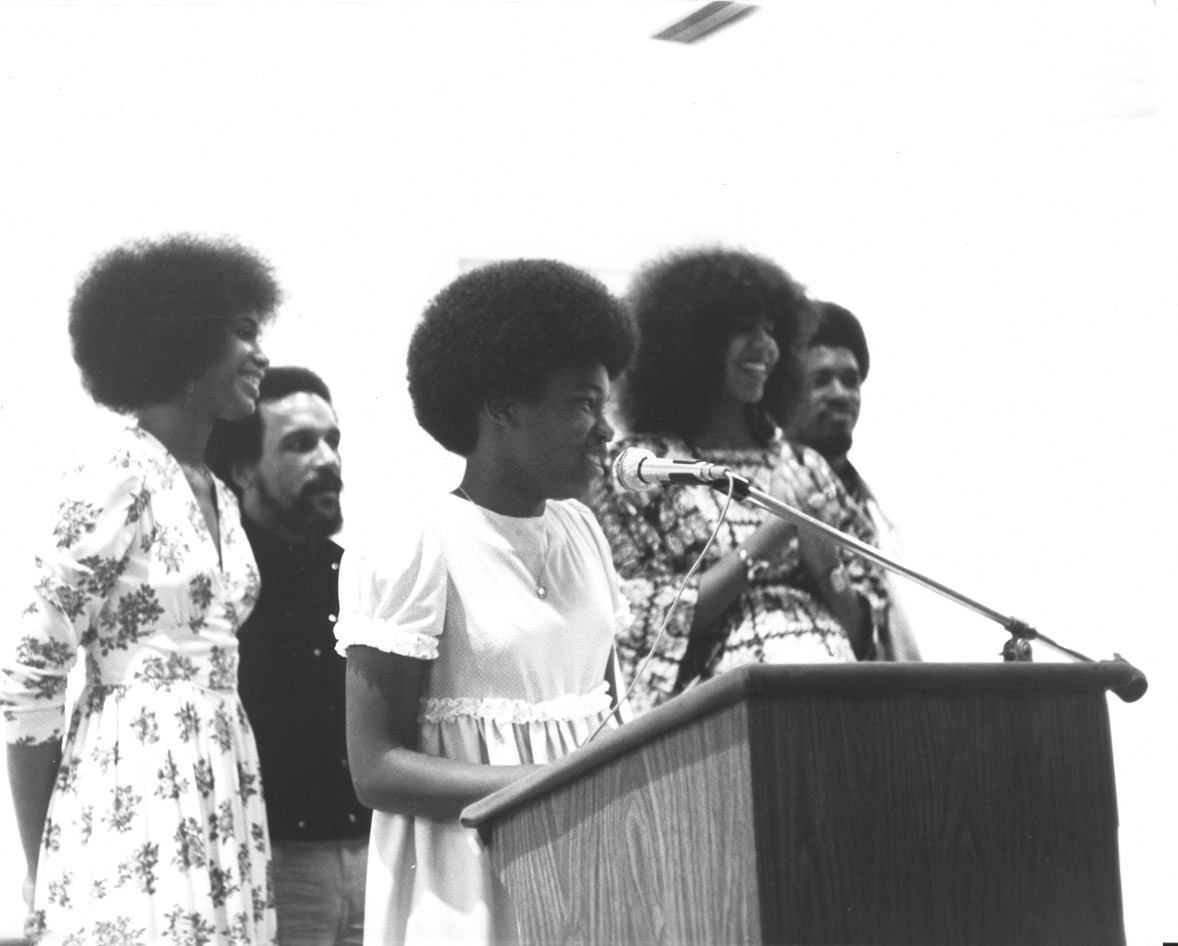
From Freedom to Liberation: Politics and Pedagogy in Movement Schools
Reading by Daniel Perlstein
What distinguishes the Movement schools from most of public education is not, in the final analysis, the techniques they employed. Rather, at issue is whether curriculum and pedagogy would perpetuate racism and other forms of social inequality or would foster change. There is, then, no Movement approach to education without rebuilding the Movement.

Voices of Black Liberation
Lesson by Larry Miller
This roleplay is one way for students to become familiar with the writing and speeches of famous leaders of the Black liberation movement.

Preserving and Teaching Black History
Interview of Timothy Jenkins by Rock Newman
During this powerful interview, Timothy Jenkins talks about the history of Howard University, the Student Nonviolent Coordinating Committee (SNCC), pan-Africanism, liberatory education, the Association for the Study of African American Life and Culture (ASALH), Black history as American history, Stokely Carmichael, lessons from the barbershop, revolutionary nonviolence, and much more.

Children’s Book on Ella Baker: A SNCC Veteran’s Review
Reading by Judy Richardson
A critical review of the picture book, Lift as You Climb: The Story of Ella Baker.

Teaching About Nonviolence and Self-Defense
Teaching Idea by Julian Hipkins III
In the article and video clip used in this lesson, Charles E. Cobb Jr. talks about the role that self-defense and nonviolence played in the Civil Rights Movement. Cobb explains that for many, nonviolence was a tactic rather than a way of life. People in communities across the south were prepared to use lethal force when necessary to protect themselves.

Reinventing My Teaching about the Civil Rights Movement
Teaching Reflection by Alana D. Murray
Murray describes how she rethought her teaching about the Civil Rights movement to align pedagogically with Ella Baker's ideals, relying on the critical role of colleagues and traditional local leadership in creating and sustaining change.

African American Cooperatives Curriculum
Teaching Idea by Jessica Gordon Nembhard
Throughout history, among all groups and people in every country, cooperatives have facilitated economic development, stabilization, and independence, often for those who have been economically marginalized. Learn about the long history of African American cooperative economic thought and practice.
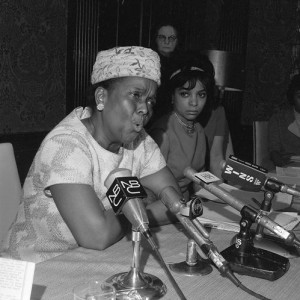
High School Students Produce Award-Winning Film on Ella Baker
Teaching Reflection by Teaching for Change
Two St. Paul, Minnesota high school students — Siena Leone-Getten and Paying Lor — decided to learn more about this influential woman who remains so hidden in history.
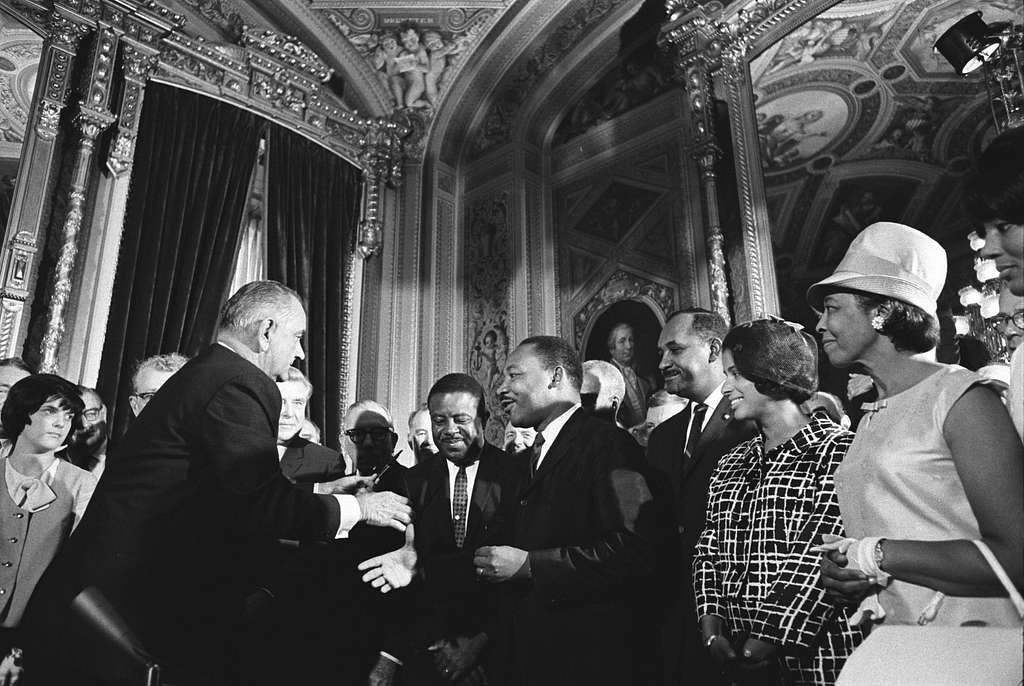
Civil Rights Act and Voting Rights Act
Reading by Emilye Crosby
This text explains how the Civil Rights Act and Voting Rights Act addressed distinct forms of racial discrimination. It is provided as background information for “A Documents-Based Lesson on the Voting Rights Act: A Case Study of SNCC’s work in Lowndes County and the Emergence of Black Power” by Emilye Crosby.
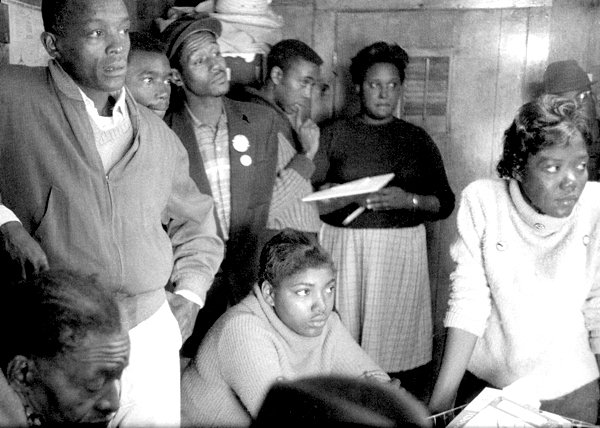
Civil Rights Movement Tactics
Reading by Emilye Crosby
This text explores how the Civil Rights Movement utilized a range of tactics to address different problems. It is provided as background information for “A Documents-Based Lesson on the Voting Rights Act: A Case Study of SNCC’s work in Lowndes County and the Emergence of Black Power” by Emilye Crosby.

Dallas County Voters League
Reading by Holly Jansen
An excerpt from Jansen’s Florida State University dissertation, “From Selma To Montgomery: Remembering Alabama’s Civil Rights Movement Through Museums.
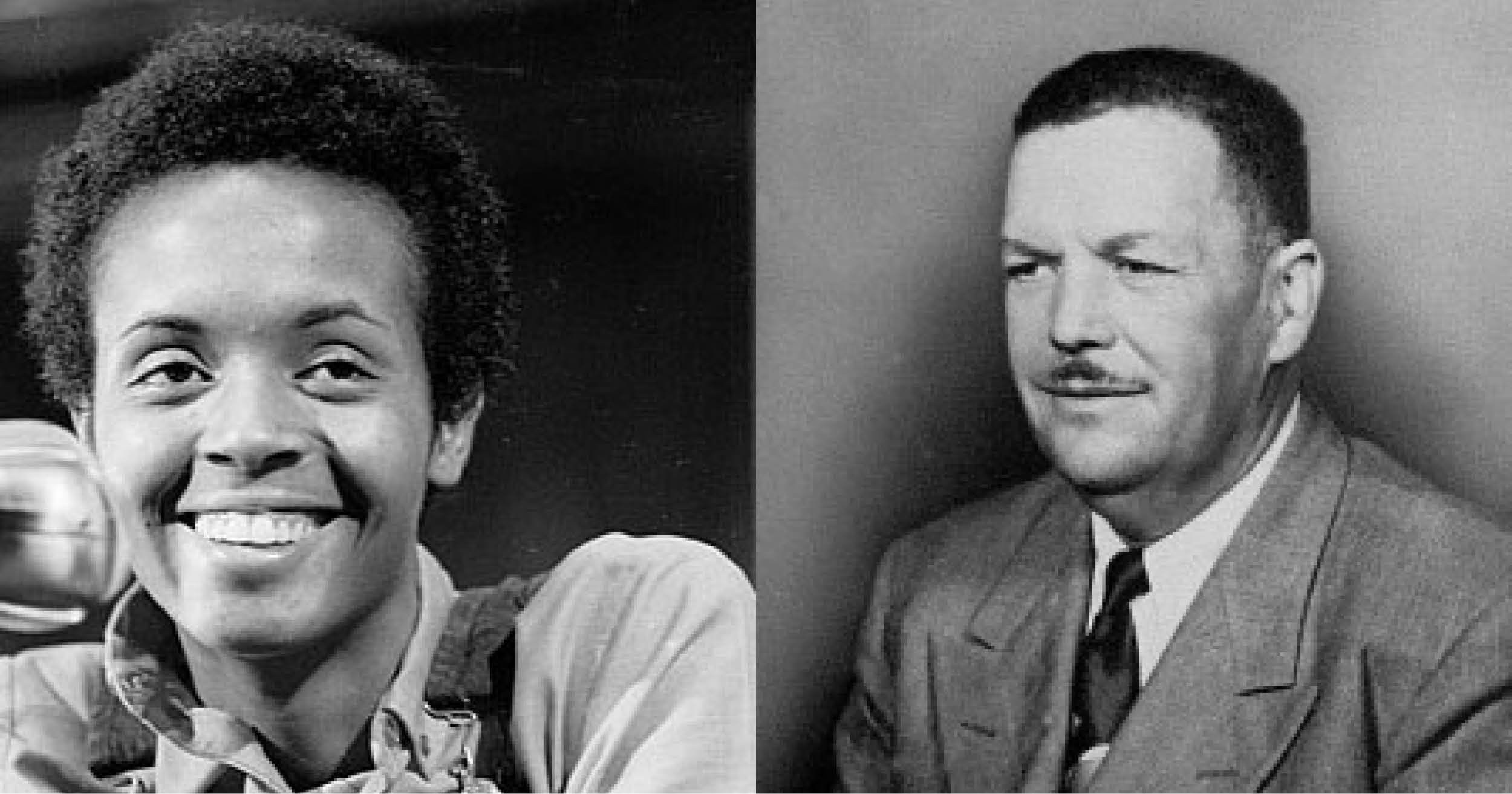
Vernon F. Dahmer: Civil Rights Martyr and American Hero
Reading by Joyce Ladner
These remarks were prepared by sociologist and SNCC veteran Joyce Ladner for a commemoration of Vernon Dahmer on January 8, 2016, hosted by the Clarion Ledger in Jackson, Mississippi.

Mississippi Freedom Schools: A Project from the Past Suggests a Lesson for the Future
Reading by David Levine
The heart of the Freedom School endeavor, the source of its vivid and creative energy, was the insistence of its planners and teachers that learning could (and should) be shaped to serve a liberation struggle.
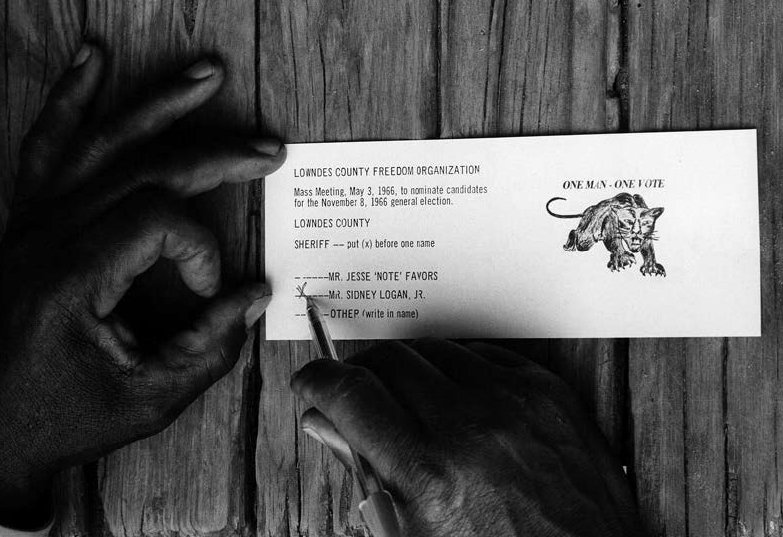
Lowndes County Freedom Organization (LCFO) Political Context
Reading by Emilye Crosby
Political context for the formation of the Lowndes County Freedom Organization (LCFO). This text is provided as background information for “A Documents-Based Lesson on the Voting Rights Act.”

Mississippi at Atlantic City
Reading by Charles M. Sherrod
In 1964, a year after Birmingham’s fire hoses were unleashed on Black children and a year before the March from Selma to Montgomery, SNCC decided to upgrade their protracted work in Mississippi.

U.S. Flag An Act of Defiance for Voting Rights Activists
Resource by Matt Herron
The simple act of a small child carrying an American flag represented defiance of Mississippi law and custom.

Teaching With Vanguard: How Black Women Broke Barriers, Won the Vote, & Insisted on Equality for All
Lesson by Ursula Wolfe-Rocca
Students engage in an interactive activity with short excerpts from Martha Jones’ book to learn about the leading role of Black women in the fight for voting rights throughout U.S. history.
